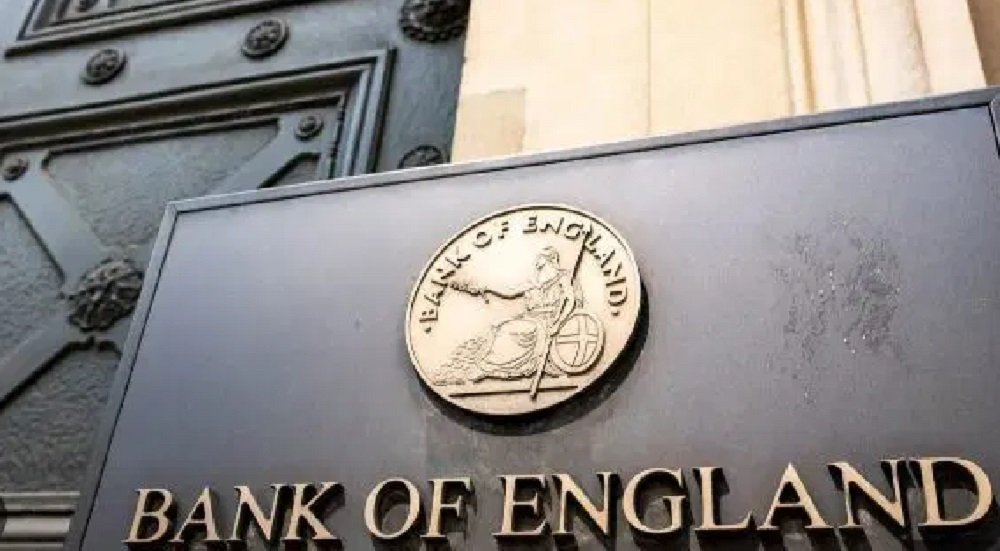The Bank of England, on Thursday, reduced its key interest rate by a quarter point to 4.5 percent to help support weak British growth even if UK inflation stays elevated.
“We’ll be monitoring the UK economy and global developments very closely and taking a gradual and careful approach to reducing rates further,” governor Andrew Bailey said following the expected decision.
“It will be welcome news that we have been able to cut interest rates again today.
“We’ll be monitoring the UK economy and global developments very closely and taking a gradual and careful approach to reducing rates further.”
The details of the rate cut is on the Bank’s website, titled, “Bank Rate reduced to 4.5% – February 2025.”
According to the Bank, “At its meeting ending on 5 February 2025, the Monetary Policy Committee, MPC, voted by a majority of 7–2 to reduce Bank Rate by 0.25 percentage points, to 4.5%.
“Two members preferred to reduce Bank Rate by 0.5 percentage points, to 4.25%.
“There has been substantial progress on disinflation over the past two years, as previous external shocks have receded, and as the restrictive stance of monetary policy has curbed second-round effects and stabilised longer-term inflation expectations.
“That progress has allowed the MPC to withdraw gradually some degree of policy restraint, while maintaining Bank Rate in restrictive territory so as to continue to squeeze out persistent inflationary pressures.
“CPI inflation was 2.5% in 2024 Q4. Domestic inflationary pressures are moderating, but they remain somewhat elevated, and some indicators have eased more slowly than expected.
“Higher global energy costs and regulated price changes are expected to push up headline CPI inflation to 3.7% in 2025 Q3, even as underlying domestic inflationary pressures are expected to wane further.
“While CPI inflation is expected to fall back to around the 2% target thereafter, the Committee will pay close attention to any consequent signs of more lasting inflationary pressures.”

